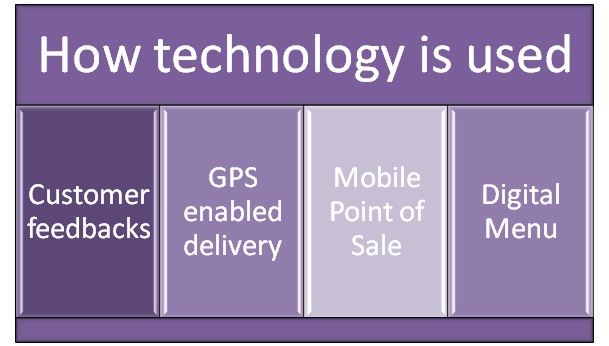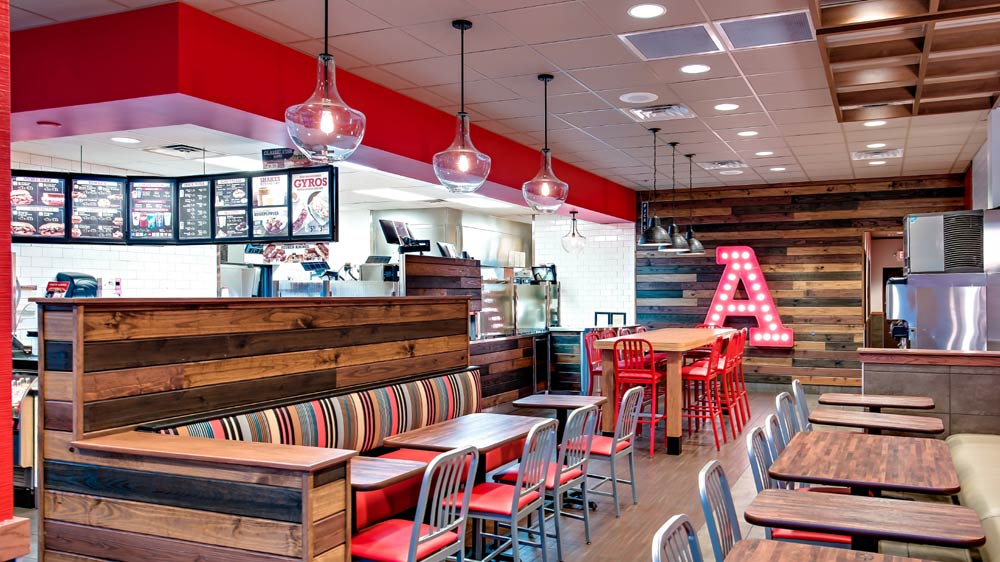
Very recently, KFC, a Yum! Brands subsidiary launched its one-click ordering system with the introduction of a physical and virtual KFC One-Click Button. The physical KFC One-Click button is a device that allows customers to order KFC menu items with a click. We found out what the leading QSR’s are doing for keeping a step ahead in terms of technology and providing the best experience to its patrons. Read to know what most brands are doing in the QSR world.
In KFC, the device needs a one-time setup to connect to Internet and then to load one’s previously placed food order data. When pressed, the device sends a smartphone notification asking to confirm or cancel the order. In the virtual mode, the button is available on KFC app and website. One will need to register, log-in and click on the One-Click virtual button to get the order. Likewise, during the one-time setup, you need to save a default address which will be mapped to the nearest KFC outlet serving that delivery area. Likewise Dominos also did the best for a better technology experience to the customers. Dominos India had added automated voice ordering capabilities through the phone. The new Conversational IVR platform is equipped with natural language understanding (NLU) technology, allowing customers to speak their orders naturally to self-serve, eliminating the need to wait on the phone or in physical lines.
The Dominos voice ordering system offers a human-like and personalised experience for customers, allowing them to speak naturally in their own words as if they were talking to a Domino’s employee. Not only does this voice ordering system prevent the frustration of waiting on hold or in store lines for service, but it also allows the employees to focus on other tasks, such as fulfilling orders.
‘The KFC One-Click button is a disruptive tech-innovation that makes ordering food super-easy and fun. With the One-Click we are creating a whole new-ordering experience in the QSR category and we are confident that it will drive engagement and give impetus to our online ordering’ said Lluis Ruiz Ribot, CMO, KFC India. In India, KFC runs 318 stores. Out of which 100 are company owned and 218 are franchise stores.
Pizza and cabs
Few days ago Cab aggregator Uber and restaurant chain Pizza Hut announced a new initiative to provide an enhanced experience to their customers. The two companies have come together with their unique ‘Uber it to Pizza Hut’ initiative. The new feature will appear as a button in Uber’s cab-providing app and works as a Pizza Hut store locator. “Pizza Hut store locator will now feature an ‘Uber it to Pizza Hut’ button. Using this button, customers across the country will now be able to avail a ride with Uber to reach the store in time,” an official press release from the company said.

When it comes to eating quick foods like Pizza and burgers, the customers only choose comfort over anything else. The most convenient here is online ordering. So, with little improvements in technology, QSR brands can surely win over the patron’s hearts and get a loyal client base too. Making big technology changes and improvements can make the brands stand out too.
Copyright © 2009 - 2024 Restaurant India.









